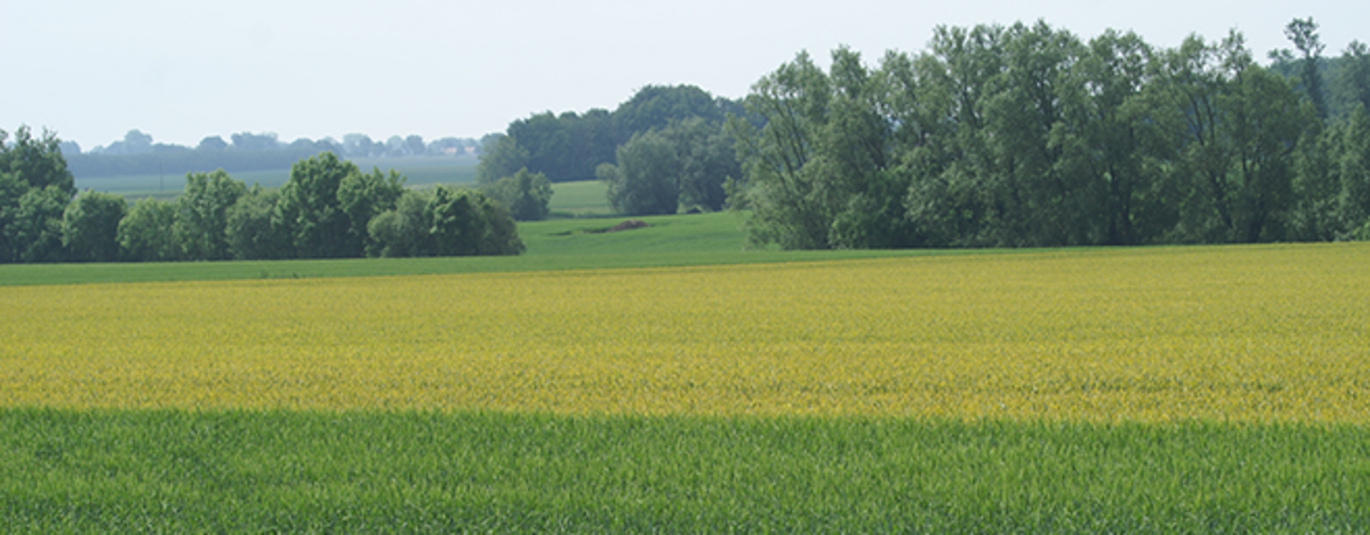Developing a European early-warning system for wheat rust diseases
RustWatch kick-off meeting, Copenhagen 7-8 June, 2018

Wheat rusts is an increasing problem in Europe and beyond
RustWatch will establish a stakeholder driven early-warning system to improve preparedness and resilience to emerging rust diseases on wheat, which is Europe’s largest agricultural crop. This is urgent because Europe in 2016 experienced the most severe epidemics of wheat stem rust for more than 50 years, and the pre-existing population of wheat yellow rust has been replaced by invasive races of non-European origin. In 2017, unusual and severe epidemics of yellow rust were observed on several continents. In a number of cases, epidemic sites at different continents were connected by prevalence of genetically identical yellow rust genotypes and races.
Expected outputs
RustWatch will explore the drivers shaping the new European wheat rust populations, assess their impact on agricultural productivity in the context of IPM Directive 2009/128/EC, and finally develop research and communication infrastructures taking advantage of stakeholder networks and expertise, and collaboration via existing global networks. Expected outputs are:
A European wheat rust network including all stakeholders
Shared facilities and procedures for early-warning and risk assessment
A better understanding of drivers for spread and establishment of new races
New IPM-based strategies for disease prevention and control
Input to EU plant health policy for non-regulated invasive pathogens
Read more about objectives and expected outputs
Use of new technologies and shared facilities
RustWatch provides beyond state-of-the art research within new diagnostic tools, enabling rapid and precise identification of new invasive races, and investigating the impact of virulence, aggressiveness and adaptation to warmer temperatures as drivers of pathogen spread and establishment. The research has potential for a break-through in the area of host resistance phenotyping, e.g., by going beyond the observation of disease and categorizing resistance responses at the cellular level. The project will compile a set of molecular markers and rust isolates for more efficient detection of rust resistance in wheat, and for monitoring of the deployment of rust resistant varieties in Europe.
RustWatch introduces the concept of ‘shared facilities’ and access to rust resistance screening facilities in the centre of diversity of yellow rust in the Himalayas, and establishment of new ICT tools and technologies allowing effective management and flow of data, and targeted dissemination and presentation of results. This powerful combination of technologies is essential in a highly dynamic biological system influenced by invasions of new pathogen races, in which the time of invasions and the affected areas are stochastic and highly unpredictable.
Work in Case study regions
The early warning system for prevention and control of rust diseases will become implemented via case studies in five regions. The case studies will aid in development and validation of the systems in collaboration with a wide array of stakeholder groups, involve agricultural advisers in disease surveillance and sampling for later diagnosis, and collect information about potential barriers in adopting the system.
Find contacts to Case Study Regions
The Consortium
RustWatch engages 12 universities/research institutes, 5 agricultural advisory services, and 7 SMEs/industries
Project Coordination
The Project is coordinated by Aarhus University (AU), Department of Agroecology. Mogens S. Hovmøller is the principle coordinator. He is also head of the Global Rust Reference Center hosted by AU. Contact: Mogens S. Hovmøller, Global Rust Reference Center, Aarhus University, AU Flakkebjerg, Forsøgsvej 14200, Slagelse. Denmark. E-Mail: Mogens.hovmoller@agro.au.dk. Direct phone: +45 87158129
Download this news story as a pdf file
 | This project has received funding from the European Union's Horizon 2020 research and innovation programme under grant agreement No 773311 |